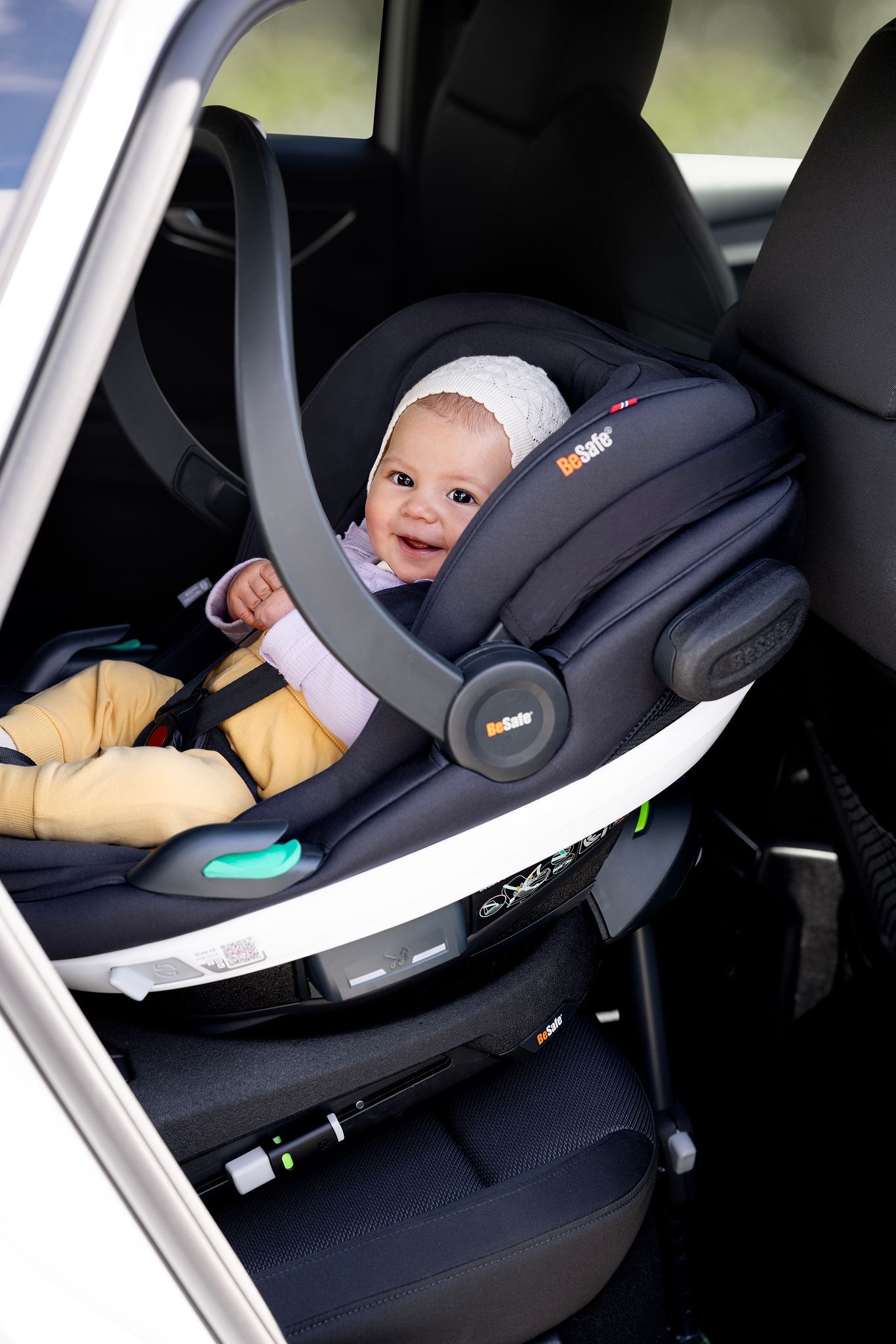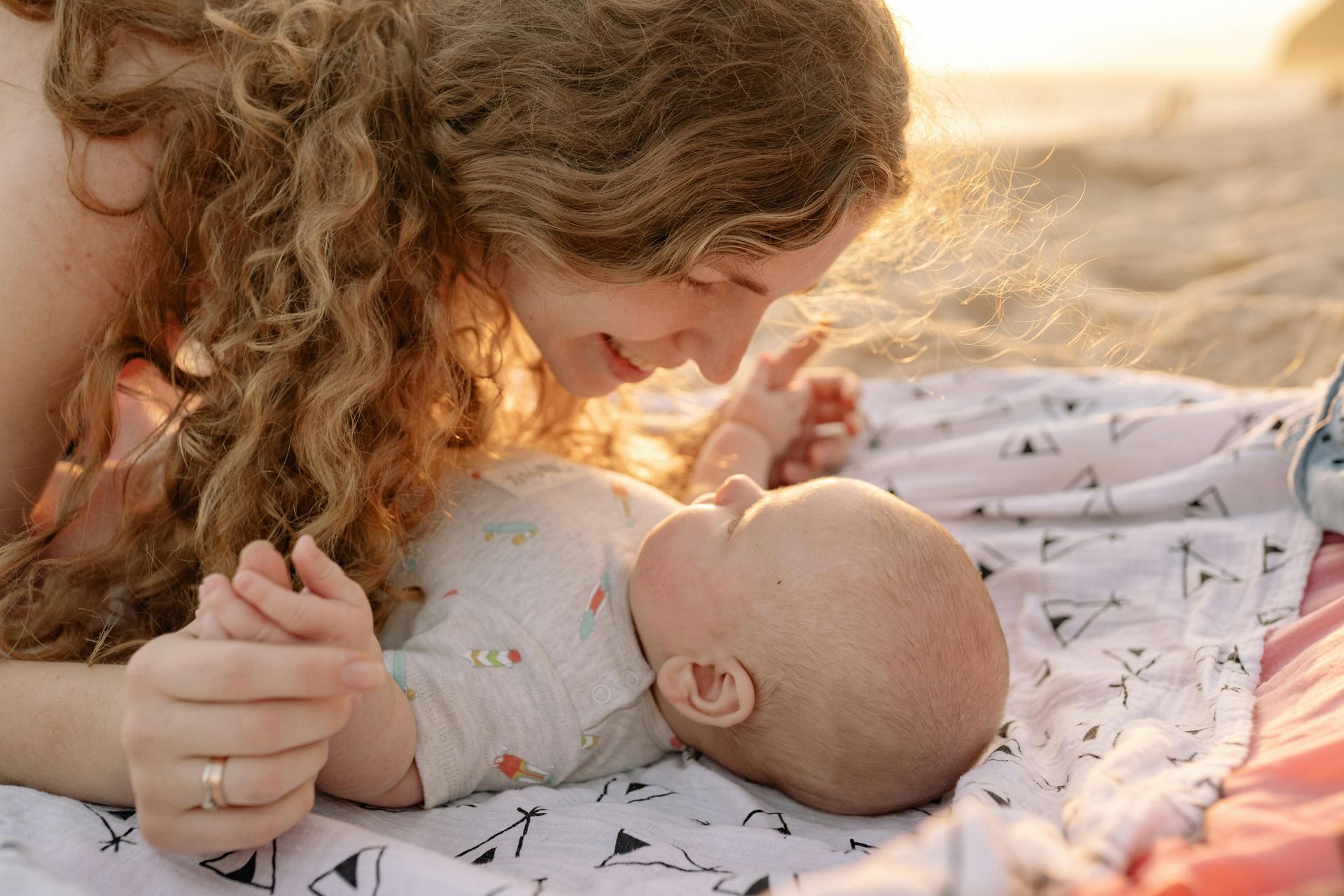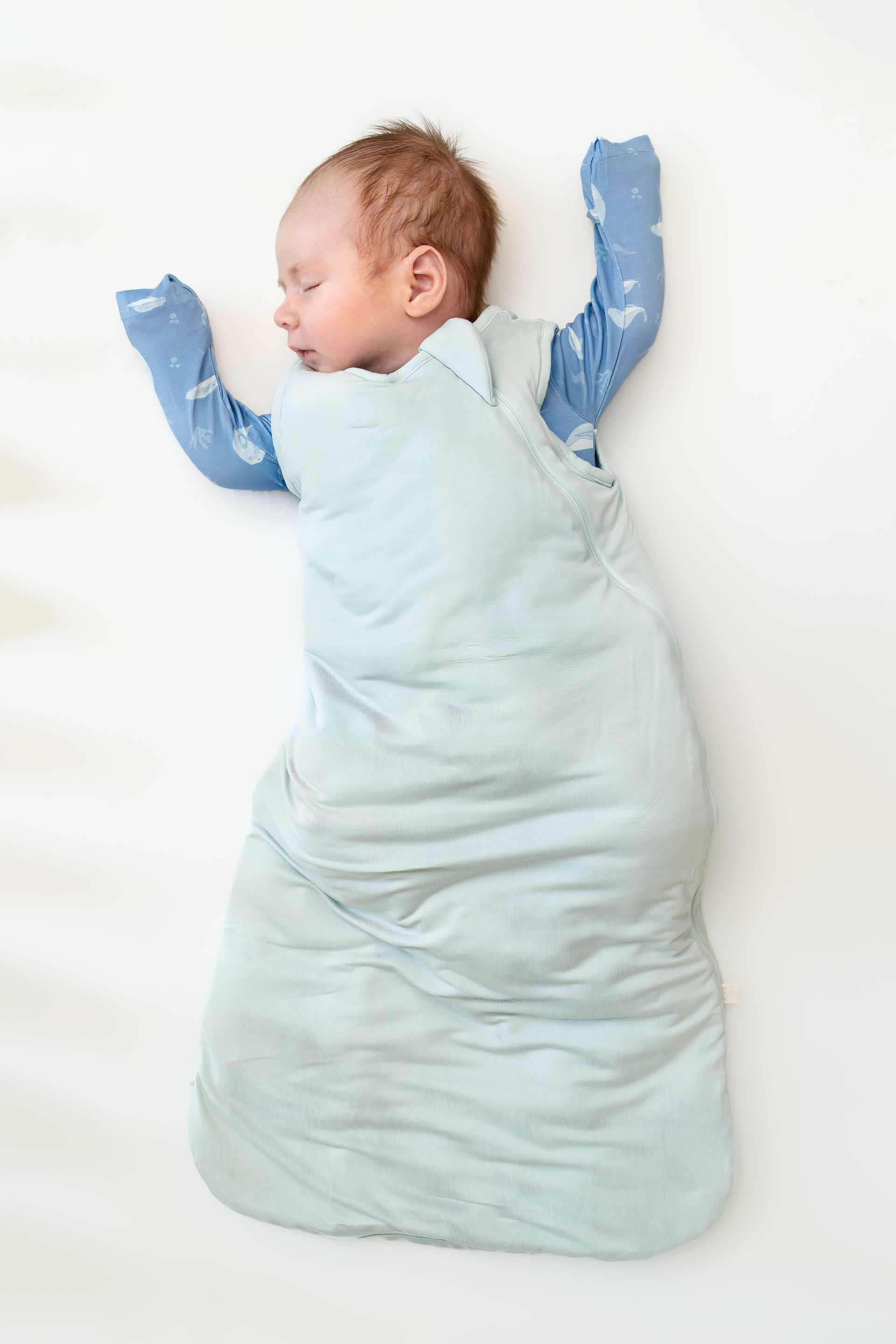Siblings Sharing a Room: FAQ
Answers to some common questions to successfully help your children share a room.
Written by Lamis Benjelloun
Thinking about having your kiddos share a room? Here are some answers to the most frequently asked questions on the topic.
Is it recommended?
Whether siblings get to share a room or sleep in their own room depends on a lot of factors. There is the more obvious space factor: do you have enough rooms in your house to have each of your children sleeping in their own room? And then there are the more subtle emotional reasons, for example, I enjoyed room sharing with my brother so I would love for my kids to have the same experience.
From a safety perspective, its important to remember that for the first year of baby’s life, it is recommended that they sleep in a crib, alone, and on their back, so be wary of older sibling trying to get into baby’s crib if your baby is under 12 months old.
When should I do it?
There is no magical time where room sharing is easiest. Other than the safety issue mentioned above, it really depends on when you are ready to have them in the same space.
Here is the “One 2 Sleep recommendation” though: Wait until your littlest one is a solid sleeper before you move them to their older sibling’s room. If your baby is waking up multiple times crying at night, it is most likely going to disturb big brother or big sister’s sleep.
What steps should I take?
Clearly inform and communicate with both kids about the transition. Use age appropriate language and get them excited about the move. If they are old enough, they can help choose the bedding and be involved in the set up of the room. The hosting sibling can choose where he or she would like to keep their bed and where they would like their sibling to be. Remember to also talk about any changes to the routine they should expect when brother or sister joins them.
Do they have to go to bed at the same time?
If your children go to bed at the same time, you can do a joint bedtime routine and lights out at the same time. This is usually the case with kids closer in age.
If the bedtimes are different, do not attempt to delay one’s bedtime to match the other. Honor each child’s needs and stagger their bedtimes. You can keep a core part of the bedtime routine that you all do together as a family, and then separate the last few steps : big brother can continue reading in the living room while mom or dad can tuck little sister in and say good night.
Will they never sleep because they are in the same room ?
That’s a very good question, one that’s probably keeping you from putting your kids in the same room already. Will they chat when lights are out : probably ? Will they chat all night long : probably not… When the novelty of being in the same room wears off, bedtime will be back to normal.
However, when one child does wake up crying at night, chances are they will wake the other child up. And that’s OK, because I have two words for you (well three) : white noise and consistency.
White noise because that will help keep a constant sound for the non-crying sleeping child and will drown out any disturbances to their sleep.
And consistency because when has consistency ever NOT been the answer? Imagine this : your baby is crying in the now joint room. Every cell in your body is telling you go scoop them up before they wake their sibling up and you suddenly have two crying children or two awake children. I want you to fight that urge : respond as you would normally respond if they were in their own room. That consistency in response will prevent the introduction of new sleep props or associations. And the cost of a couple of nights of interrupted sleep in the short term for your older child is much smaller than a bigger sleep problem in the long term.
I hope this provided answers to the questions that might have been keeping you from putting your kids in the same room. Or validated the reasons you are keeping them apart. Whatever your choice is, I want you to know that as long as it is working for you, it is the right choice. And if you have any questions I have not covered, reach out to me and we can discuss.





